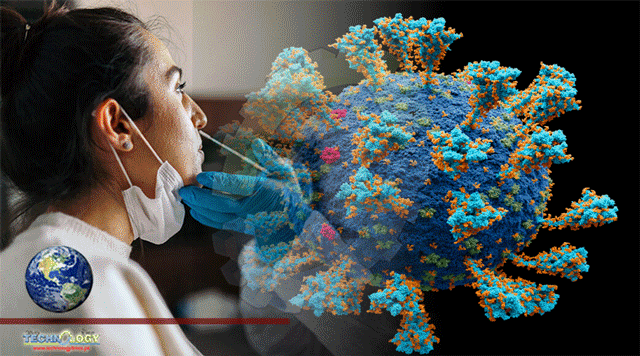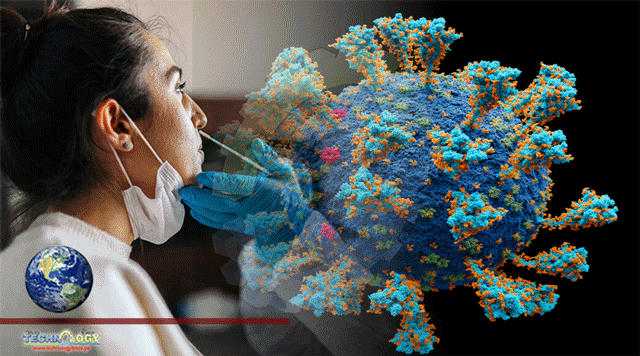A NEW weapon in the fight against cancer has arrived: the world’s first PCR test for mouth cancer. How does it work and what are the implications for improving mouth cancer rates?

Early detection is key to surviving cancer and researchers have developed an innovative tool to aid this effort. Researchers at Queen Mary University of London have developed the world’s first PCR test for mouth cancer. The test’s accuracy has been demonstrated on patients from China, India and the UK and the results are published in the international journal, Cancers.
Named the Quantitative Malignant Index Diagnosis System (qMIDS) by inventor Doctor Muy-Teck Teh, it has the potential to relieve pressure on the NHS and may improve the early detection of oral cancer.
How it works
The test is quick and easy. It only needs the PCR machine used in Covid testing and a technician to operate it.
A tiny sample (the size of half-a-grain of rice) is taken from the suspicious area in the patient’s mouth and the test only takes 90 minutes after reaching the technician – similar to a Covid PCR test.
Until now there hasn’t been a perfect way to identify the lesions likely to develop into cancer. There is a grading system which highly skilled consultant oral pathologists use to assess the tissue samples through a microscope.
However, this grading system does not always accurately predict or capture the lesions that will or have become cancerous.
This is because early changes – from premalignant to cancerous – are happening at a genetic and chemical level, which can’t be picked up by a microscope.
Premalignancies usually occur at a single location but can also affect the whole mouth. This can make it difficult for a clinician to decide where to take samples.
In these cases, the surgeon may need to do multiple biopsies. Even then, they may not capture the area that will become cancerous.
Without knowing definitively whether a lesion is cancerous, patients with pre-malignancy must be reviewed regularly over a long period of time, even if they’re at low risk, creating anxiety and disruption for the patient, as well as cost for the NHS.
On the other hand, if a “mild” case develops into cancer, the patient may have already been discharged from hospital, so they often delay seeking treatment because they don’t think they have cancer.
As a result of this delay, treatment is more aggressive, costly and less likely to succeed.
This is where qMIDS steps in. The test’s diagnostic accuracy would mean that 90 percent of low-risk patients could be discharged from hospital to go back to their dentist or GP for review.
Or they might be tested in the dentist’s surgery and only referred to secondary care if they were high risk.
High-risk cases could also be detected in the pre-cancer period and treated definitively, thereby saving the patient’s life with minor surgery, better cure rates and quality of life, as well as a huge reduction in health service costs.
The test process is largely automated, removing the need for expensive pathologists. There’s also no need for invasive biopsies. The tests can be carried out on multiple sites when patients have lesions affecting large areas throughout the mouth.
It could therefore be rapidly rolled out around the world at very little extra cost.
Co-study lead, Professor Iain Hutchison, stated: “qMIDS dramatically improves our management of mouth cancer and its pre-cancerous state, saving lives and healthcare costs. Surgeons and dentists anywhere in the world can use this test for minimally invasive tissue samples because all it needs is a PCR machine and the technician who operates it.
“qMIDS will help us identify patients with premalignancies that will never transform to cancer, so they can be reassured and discharged from hospital review. Patients with high-risk premalignancy can have minor surgery to remove the lesion before it has transformed to cancer, thereby curing the patient and saving them major surgery, which in turn reduces health service costs. It is a powerful tool especially when used in conjunction with conventional histopathology assessment.”
What are the symptoms of mouth cancer?
Mouth cancer can develop in most parts of the mouth, including the lips, gums and occasionally the throat.
The most common symptoms of mouth cancer are:
Sore mouth ulcers that do not heal within several weeks
Unexplained, persistent lumps in the mouth that do not go away
Unexplained, persistent lumps in the lymph glands in the neck that do not go away.
Source: Express
